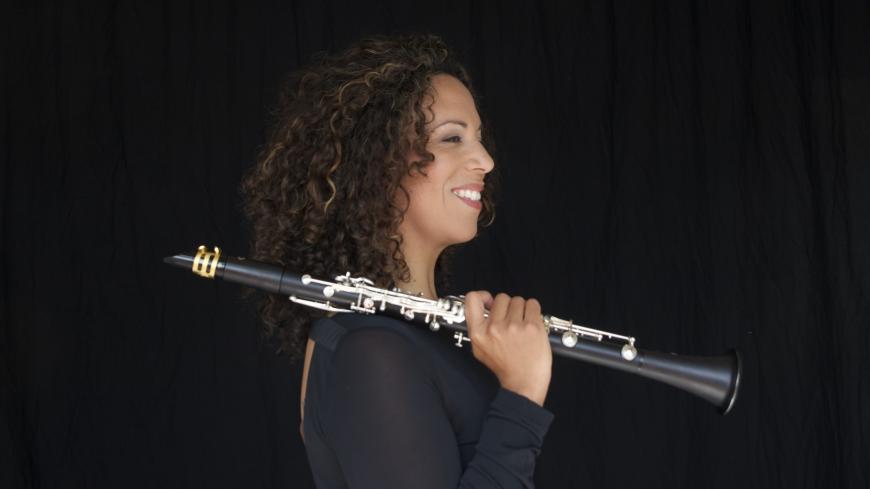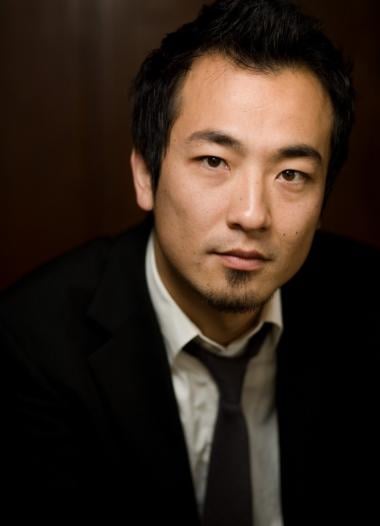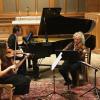
Last Sunday for Old First Concerts, the Ives Collective put on a program that had two pieces with the same opus number, 115: Johannes Brahms’s Clarinet Quintet in B Minor (1891) and Gabriel Fauré’s Piano Quintet No. 2 in C Minor (1921). Both written in the late years of their respective composers’ lives, these two quintets are alike in their post-romantic lyricism, warmly nostalgic atmosphere, and less straightforward narratives.
The string quartet of Hrabba Atladottir and Susan Freier on violins, Jenny Douglass on viola, and Stephen Harrison on cello was a solid foundation for the ensemble. Clarinetist Mariam Adam and pianist Keisuke Nakagoshi each joined for half of the concert. The musicians were facing a stiff challenge. These late compositions are expansive works (both 30 minutes or more) that are technically difficult and layered. The performers have to not only walk the musical labyrinth themselves but also reach out a hand to the listeners and guide them through.

The order of the program was switched: Fauré’s work ended the concert instead of opening it. However, the performance of the piano quintet wasn’t as successful as the Brahms. Harrison, in his preconcert talk, noted that none of the strings had known or played Fauré’s work until Nakagoshi brought it up three years ago, and the cellist also hinted at the difficulties in tackling it. The performance came across like a first effort and was even a bit confusing at times, as a piece can also seem to a first-time listener.
Nakagoshi deserves credit for managing such a virtuosic and awkwardly written piano part, though the ensemble as a whole had its limit in building up distinctive characters. The performance of the piece landed on the more languid and anti-climactic side after the iconic opening in the lower strings, yearning and reaching across an entire octave in only three notes. The scales that seamlessly pass among the instruments in the lightning-fast scherzo could have led to a magical more moment in the slow third movement, when the emotion immediately flips and turns deeply nostalgic
The Brahms Clarinet Quintet in the first half delivered a smoother experience under the lead of Adam, who showcased her nightingale-like tone and rich sound. These are the qualities Brahms found and was obsessed with in Richard Mühlfeld, the clarinetist for whom he wrote the quintet. As Adam filled the hall with melodic parabolas and nailed the licks in the second movement, the strings gave generous support even while allowing the sound of the clarinet to come through. The quartet was in an accompanying mood until the last movement, a set of variations, when the lower strings took over for several soloistic moments that showed their true capabilities.


